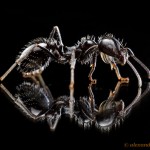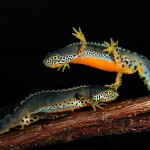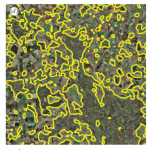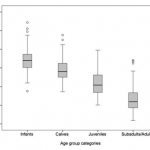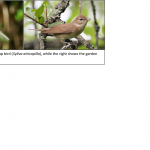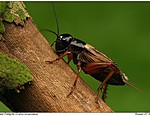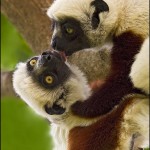This gallery contains 3 photos.
Though they may be little, ants use a ton of cool different ways to effectively and efficiently gather food. Column foraging, the name of one of these strategies, is worth noting as one of the most impressive. According to an … Continue reading

